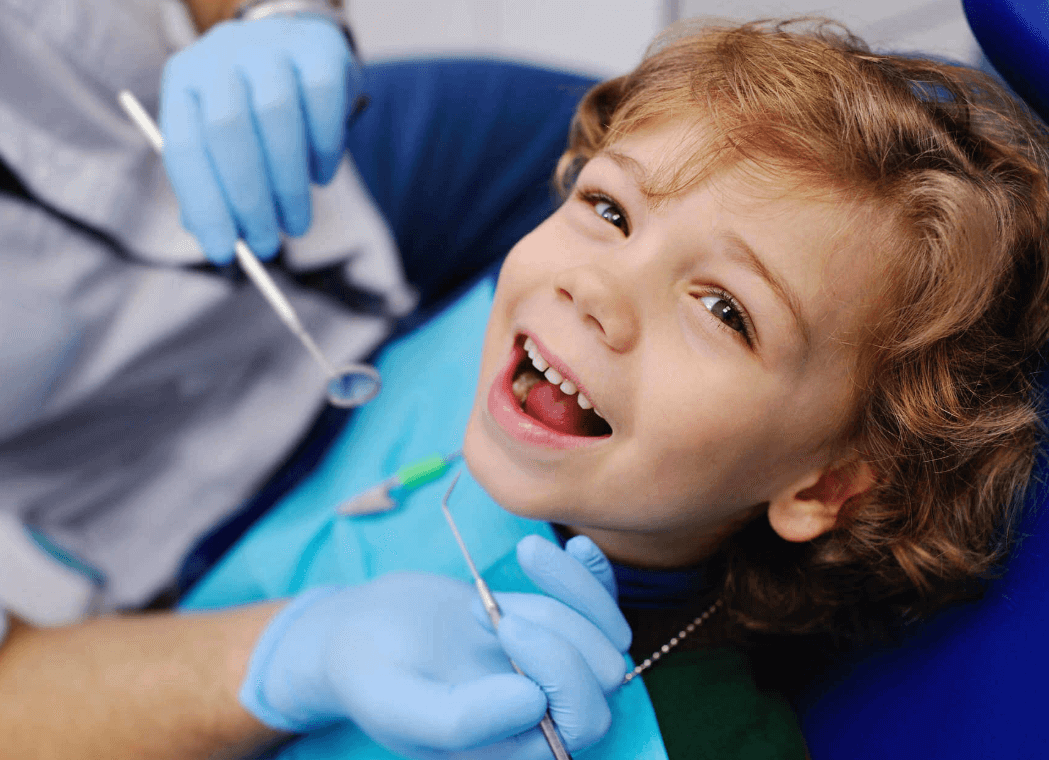Am I a Good Candidate for Invisalign?

If you’re interested in straightening your teeth for that perfect smile, then you have probably heard about clear Invisalign treatment. Invisalign is an extremely popular option offered by Valderrama Orthodontics for straightening teeth without the use of traditional wire braces and brackets. So, who makes the best possible candidate for Invisalign?
Why Invisalign is so Popular
Orthodontic medicine has a lot of options available that can help to straighten a patient’s teeth. Invisalign is able to achieve those same goals, whether the problem involves a minor underbite or overbite, slightly misaligned teeth, or something else.
Invisalign involves wearing clear — nearly invisible — plastic aligners over your teeth for at least 22 hours a day. One of the most attractive things about Invisalign for patients (other than the near invisibility) is that they are removable. You take them off to eat, drink, and brush your teeth. This is unlike metal braces which are attached to the teeth around the clock.
Because they are removable, Invisalign aligners don’t require the dietary changes that come with traditional braces. You remove the aligners, eat whatever you want, brush your teeth, and put them back in!
Who Makes the Best Invisalign Candidate?
Patients in their late teens through the adult years make the best candidates for Invisalign, so long as the orthodontic correction needed does not involve the bone structure of the jaw. Some orthodontic problems, such as a severe overbite or underbite, simply cannot be corrected by Invisalign.
But if the required adjustments to give you that perfect smile are mild to moderate, and do not require realignment of the jaw, you might be the perfect candidate for this popular treatment.
Traditional braces might be a better choice for you if the back teeth need major adjustments, if you have existing bridge work, or if the teeth need to be shifted vertically instead of horizontally. We should also note that younger teens and children usually are not as good candidates for Invisalign. This is because their jaw is still growing. For younger teens, traditional braces are usually the better option.
How Do I Get Invisalign?
The process starts with a consultation with your friendly, affordable orthodontist. We will do a standard exam here at Valderrama Orthodontics, including X-rays, and have a conversation about your smile goals. We’ll talk about the best options for meeting those goals. If it is Invisalign, then it’s off to the races!
Once the aligners are created for you, it will require regular visits to make sure the teeth are shifting properly, and to ensure that you’re receiving new aligners every few months to keep the process moving forward. Total treatment time with Invisalign can take between six months to a year-and-a-half, for most patients. However, you’ll start to see the results within just a few weeks of wearing your aligners!
For the best results, you will need to wear your aligners for at least 22 hours a day. If you take them out to eat, be sure to give your teeth a thorough brushing afterwards. Do this before putting them back in. The same goes for beverages, other than a glass of plain water.
Once your treatment is complete, there may be one additional step you need to take for an undetermined amount of time. Many patients have to be fitted with a retainer that they must diligently wear at night. Your teeth might want to naturally shift back to their original position, which would be bad news. The retainers help to keep your teeth aligned nice and straight after the Invisalign treatments end. The amount of time that retainers are necessary varies from patient to patient.
Contact Us for an Invisalign Consultation
We would be thrilled to have you as a new Invisalign patient at Valderamma Orthodontics if you’re in the Suntree, Viera or Rockledge area (or even further away if that works for you). The best way to determine whether you are a good candidate for Invisalign is to contact our office and schedule your first consultation.











Let's Get Social